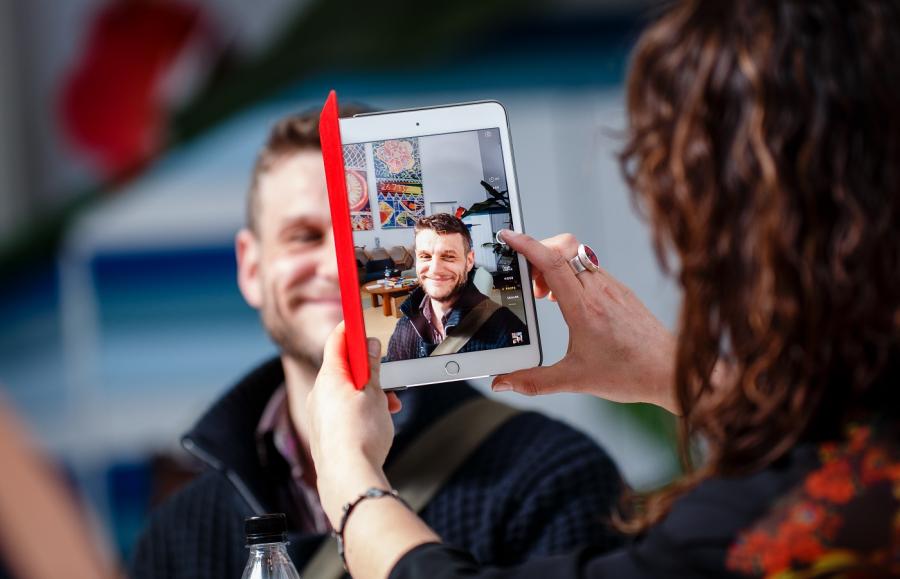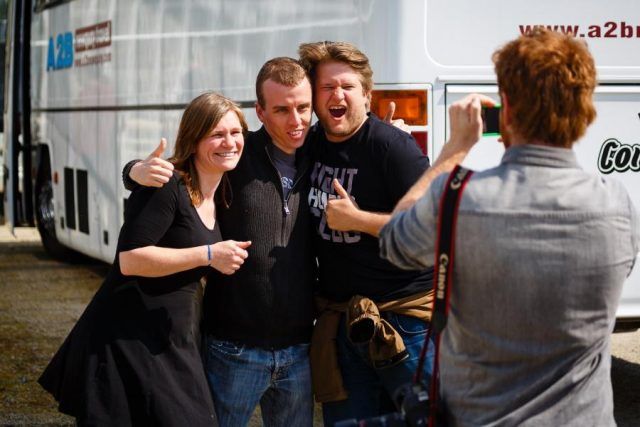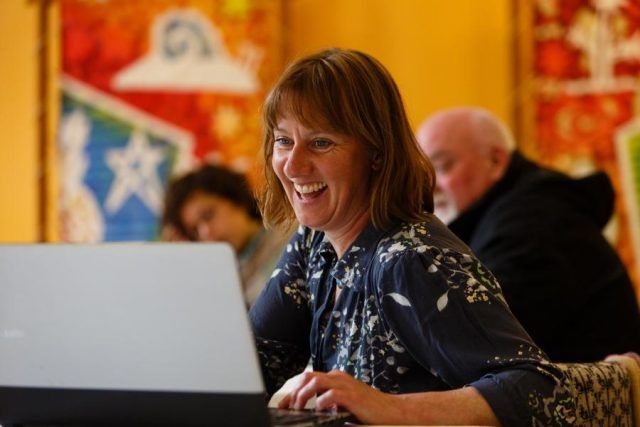Use Facebook, Twitter and Instagram
Social media isn't just geared towards an individual’s social life. These networks can also have a social purpose, helping foster communities of practice. Most importantly, they're free tools at your fingertips!

Huge numbers of people are on Facebook every day, so it’s a great way to spread the word about your event, group or project. Success on Facebook is built around people liking and sharing whatever you post. Whenever someone presses ‘like’, ‘share’ or ‘yes, I will attend’ then all of their friends might see and be encouraged to do the same.
Facebook Pages, Groups and Events
There are three different options for setting up a Facebook presence for your project. Facebook Pages offer an easy way to share updates and could save you setting up a website. Facebook Events enable you to invite people to a specific occasion, while Facebook Groups allow you to form groups around specific interests and activities.
Facebook Pages are visible to everyone on the internet whether they have an account or not so are just as vital as having a website. You should have all of your vital information on here and post regular updates. You can either contain everything within Facebook (if your information is concise enough) or post links to your website. Facebook Basics is a good place to start and has very clear explanations of how pages work.
Facebook Groups are slightly different; they are much like internet forums and provide space to collaborate and talk about specific issues or projects. They can be open to everyone, visible by invitation only, or invisible. Bear in mind that you can only invite people who are already friends with you on Facebook, so think carefully about whether you want this kind of connection.
Facebook Events are essential if you are organising an occasion. All you have to do is post the place and time and a bit about your event and Facebook will help you easily invite people as well as remind them nearer the time.
Twitter is a great way of finding others who may be interested in the same things as you, and you can canvas support from people with large amounts of followers who have a greater sphere of influence.
Using Twitter hashtags
The best way to get started with Twitter is to join in existing conversation around the topics you’re interested in — even just a simple tweet of support to someone running a similar project to your own can be the first step towards developing your own Twitter presence. Hashtags in Twitter act like search terms in Google. Repeating the hashtag being used in any line of conversation will increase the potential for your tweets to get seen by everyone following that particular hashtag.
Twitter also offers a really easy way to cascade information to everyone else on the platform. For example, if you have an initiative that needs support or an event that needs attendance and you have a big enough following, you can tweet about it and leverage your community to spread the word.
It’s easy to use, especially if you have a smartphone and you’re on the move. You can also embed your Twitter feed into your website or blog. This enables people who haven’t got to grips with Twitter to keep up with your latest news and encourages website visitors to follow you on Twitter too.
Instagram is simply about great photography. It’s a brilliant way to share your best pictures and short videos to a community of people who appreciate the aesthetics. Once you have the app on your phone, you can add a flattering filter to any picture you take and then share it. Like Twitter, clever use of hashtags will increase the chances of interested people picking up on your pictures and following you.
With any social media, the best way to find out if it’s of any use to you is just to have a go. You may not see instant results, but by spending a bit of time listening in on other people’s conversations and seeing how it works, you’ll find the right point to dive in. Just like social etiquette in the offline world, if you put enough effort into listening, watching and responding to others then you’ll find your voice will eventually get heard too.
Whatever your channel, use common sense and remember that anything you publish on a public online platform will always be accessible. Images and video are always more popular than plain text, so remember to take lots of film and photos while you’re at work. Be friendly, reach out to other relevant groups and people, and keep your channels regularly updated.
Connect with us!
Make sure you’re following our own social media channels! We’re on Facebook, Twitter and Instagram.
More like this

Contact local media
Contacting local newspapers, magazines, radio and newsletters is a good way of letting people in your community know about your event or project and…

Make a film
A great way to share the experience of being part of your project or event is to film it. Here are our top tips.

Write an article
Here are some tips on how to write that perfect article to get the word out about your project.